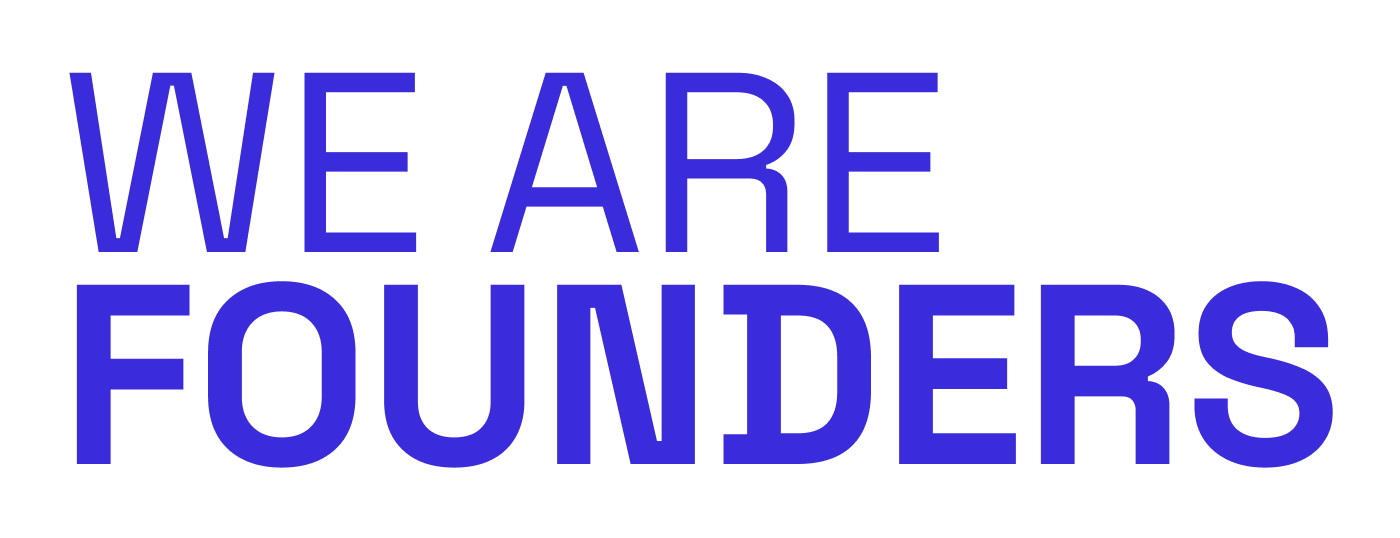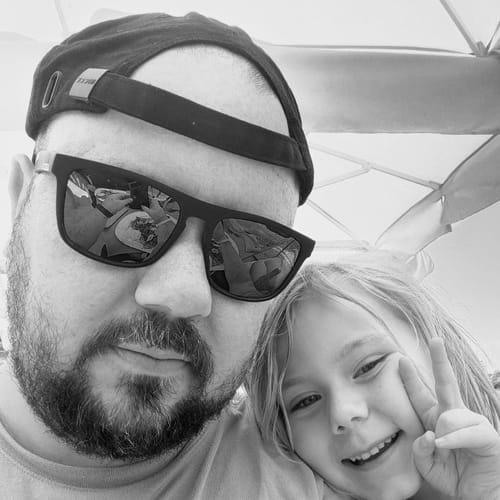Landing your first 100 customers is one of the biggest hurdles for any startup trying to get off the ground.
It's a make-or-break moment that can leave even the most brilliant minds feeling like they're pushing a boulder uphill. But don't sweat it - we've got the inside scoop on how six gutsy founders overcame the odds and scored those crucial early users.
From sneaky growth hacks to creative guerrilla tactics, their innovative approaches are proof that with the right strategy, defying the startup struggle is totally possible.
Llama Life

Marie, the founder of the productivity app Llama Life, mastered the art of the "Snowballing effect" to attract her initial 100 users.
Her advice? Leverage what you have based on your current situation.
For instance, when you're just starting out, explore platforms like Product Hunt to snag that elusive first customer. If your launch is successful, capitalise on that momentum by sharing your accomplishments on platforms like Reddit, garnering even more users.
This snowballing approach, coupled with the creation of shareable, related products, helped Marie build a steady stream of organic traffic.
Visit Llama Life.
Scraping Bee

Pierre and his co-founder Kevin took a content-driven approach to acquire their first 100 users for their web scraping tool, Scraping Bee.
After launching with 10 free beta users in 2019, they transitioned to a paid model within six months, securing their first paying customer within an hour of sending out the announcement email.
Their secret weapon? Crafting high-quality, developer-focused content that provided immense value to their target audience, such as guides on web scraping and Python tutorials.
Visit ScrapingBee.
WePay

WePay, the "fintech maverick", revolutionises online payments with seamless, customisable solutions for platform businesses like crowdfunding sites and marketplaces, offering robust fraud protection and API integration that empowers innovation.
Bill Clerico, the founder of the group payment app WePay (later acquired for a staggering $400 million), employed a unique strategy – using his own product.
He hosted events like poker tournaments and fraternity barbecues, collecting payments exclusively through his app. This hands-on approach not only provided a real-world testing ground but also helped spread the word through good old-fashioned word-of-mouth marketing.
Visit WePay.
RealWorld

Genevieve, the founder and CEO of RealWorld, stumbled through early adulting despite her education as a lawyer and MBA graduate.
When handed paperwork for her 401(k) and health insurance at her first "real job" after college, she realised her prestigious degrees left her underprepared to navigate young adulthood's financial and practical decisions.
That's why she created RealWorld, an app aimed at helping Gen Z navigate adulthood, and one that swears by the age-old wisdom of providing value first.
Before launching their direct-to-consumer platform, they offered an educational course sold to college career centres and students, building a pipeline of potential users who had already benefited from their expertise.
Visit RealWorld.
Saner.ai

Austin, the founder of Saner.ai, tapped into the power of Reddit to acquire his first 100 users.
His approach? Value-driven posts catering to his niche, engaging with users facing problems his SaaS could solve, and strategically joining relevant subreddits to connect with his target audience.
You may be noticed a bit of a trend here, but if leveraged accordingly, Reddit can be a fantastic place to get feedback and even users.
Visit saner.ai.
Hypefury

Yannick and Samy, the founders of Hypefury, a Twitter and social media automation tool, found their first beta testers and users through a paid community.
They launched their product within the community, conducted user interviews and product demos, and leveraged the power of word-of-mouth marketing on Twitter to attract their initial user base.
Visit Hypefury.
Now It's Your Turn
As these different examples show, there's no one-size-fits-all path to landing your first 100 customers.
These savvy founders pulled out all the stops - whether it was piggybacking off existing communities, cranking out killer content, or cooking up clever partnerships. Their scrappy strategies are a masterclass in the ingenuity and tenacity it takes to turn a startup dream into a money-making reality.
So if you're a fresh-faced entrepreneur looking to gain some traction or an established biz trying to supercharge your growth, studying how these startup superstars did it can provide a ton of inspo for your own unique hustle.



